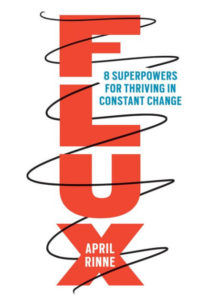I‘ve addressed ethics elsewhere, but I‘m looking at it a different way now. I’m thinking from the perspective of situated cognition, and recognizing that there are certain things we can do. For better or worse. Further, these choices have ramifications beyond the initial impact. I think we need to be aware of the possibilities, and then consider the meta-ethics of learning design.
My particular concern sparks from the notion of how we are contextually sensitive. To make this concrete, think of the research by Beth Loftus. Iâ€ll characterize a whole suite of research with a simply paraphrased experiment. So, she had folks watch a video of an accident. Then, she prompted recall of the amount of damage they witnessed. For one, she just asked them. For another group, the recall was prompted by “Besides the broken glass,…â€. The latter group recalled worse damage. And. There. Was. No. Broken. Glass!
The point here is that context can influence our thinking and memory. Which is what I see worry about with videos. They can take a statement as if it‘s fact, and then continue on with that as received wisdom. It‘s a classic cognitive approach, making a statement as if it‘s assumed.The bad part is that there‘s a narrative flow, and it‘s hard to stop and reflect. Versus, say, reading.
On the other hand, of course, we can build in reflection time. Sure, learners can use the pause button, but there are times they may not. For instance, if the learner is following confirmation bias, that is looking at things that align with what you believe.
We have the option to use coercive techniques for good, of course. However, we can also choose to use legitimate presentation techniques. I believe we should. Part of the development of metacognition is to see the pedagogy being used and internalizing it. If our pedagogy is visible (as it should be), it needs to be scrutable if we want our learners to adopt appropriate skills.
Our designs, and our meta-designs, need to be ethically designed, both to effectively achieve our ends, and to develop our learners. We need to support the meta-ethics of learning design, as well as the ethics themselves.


